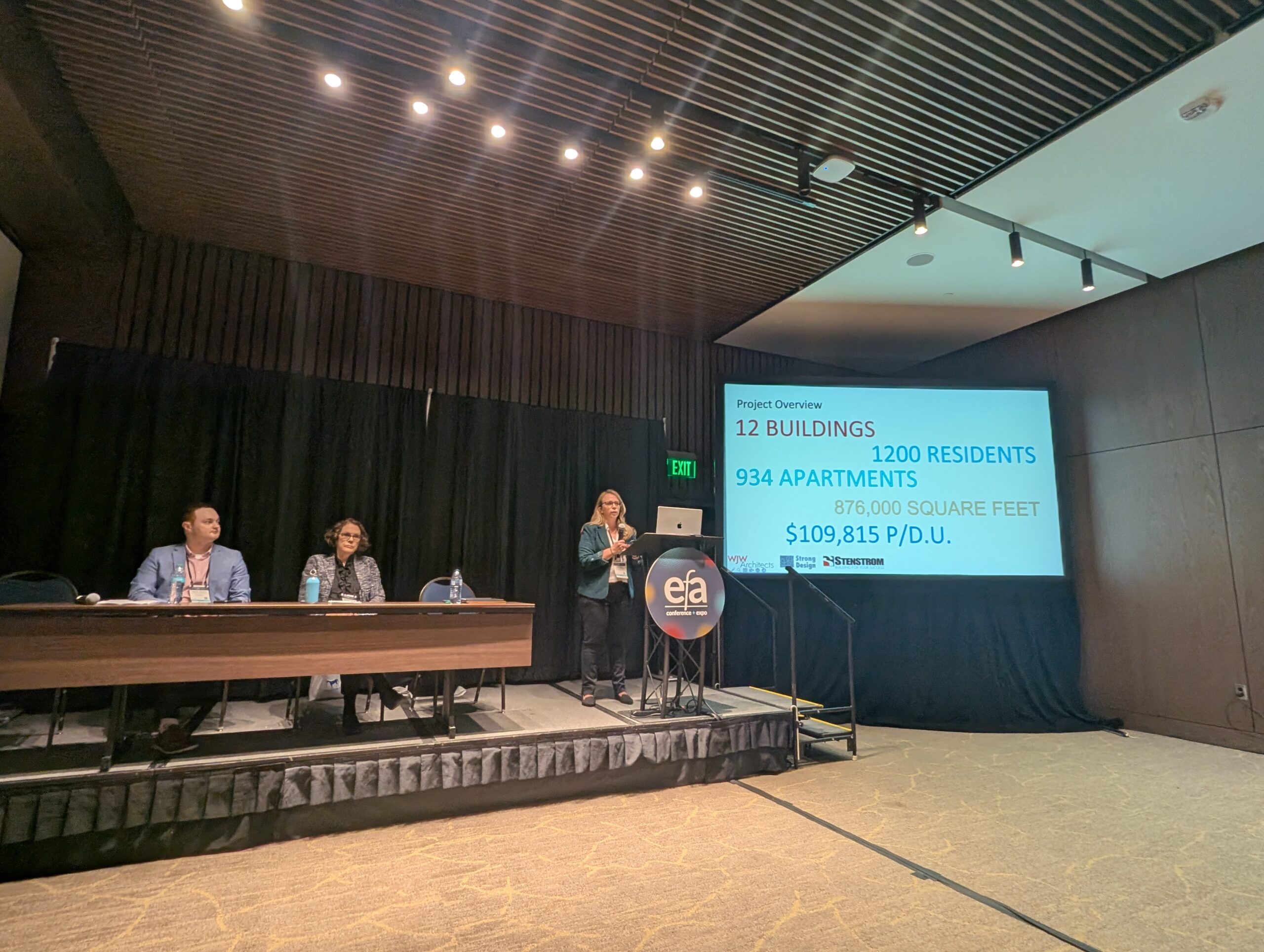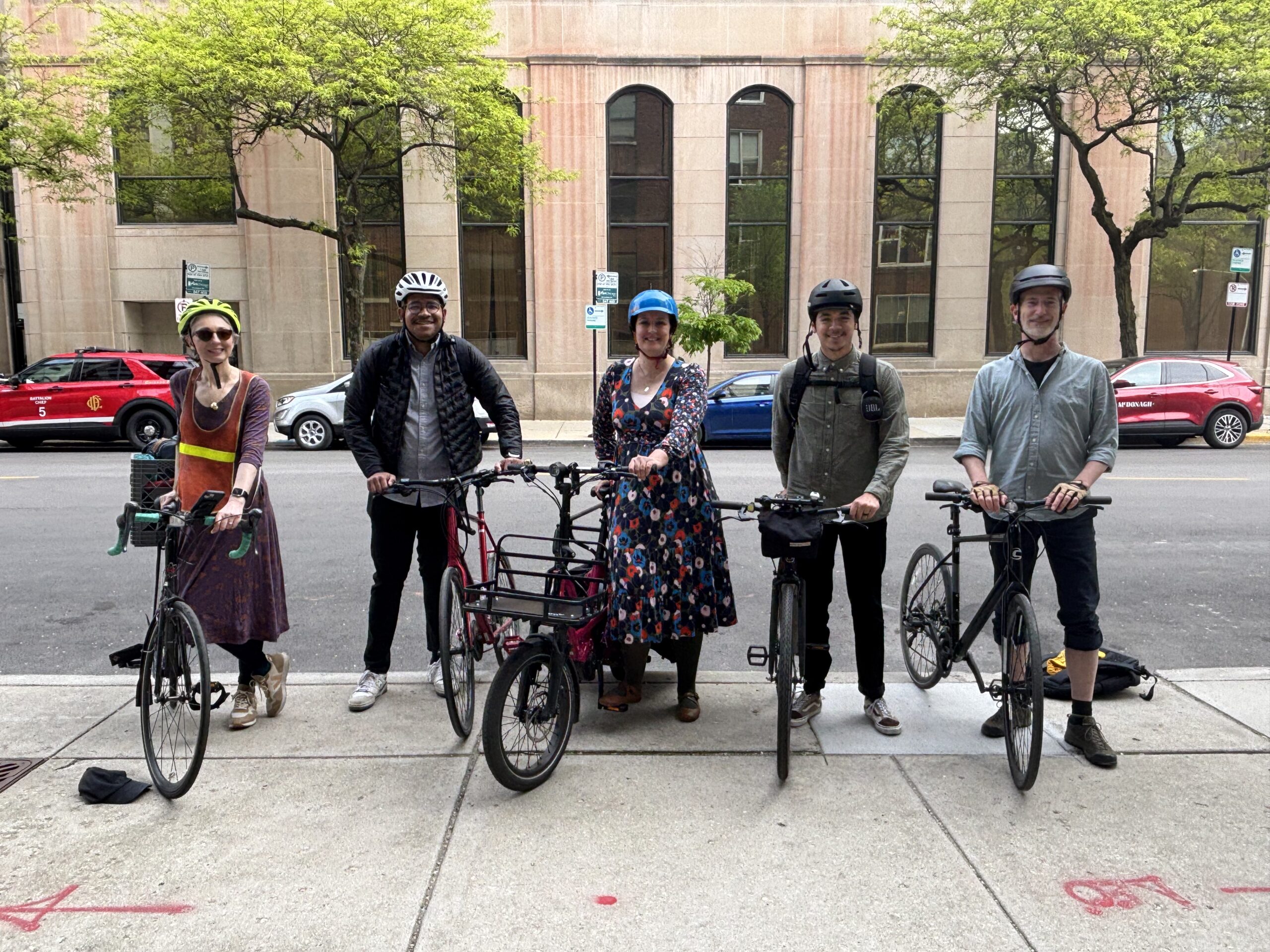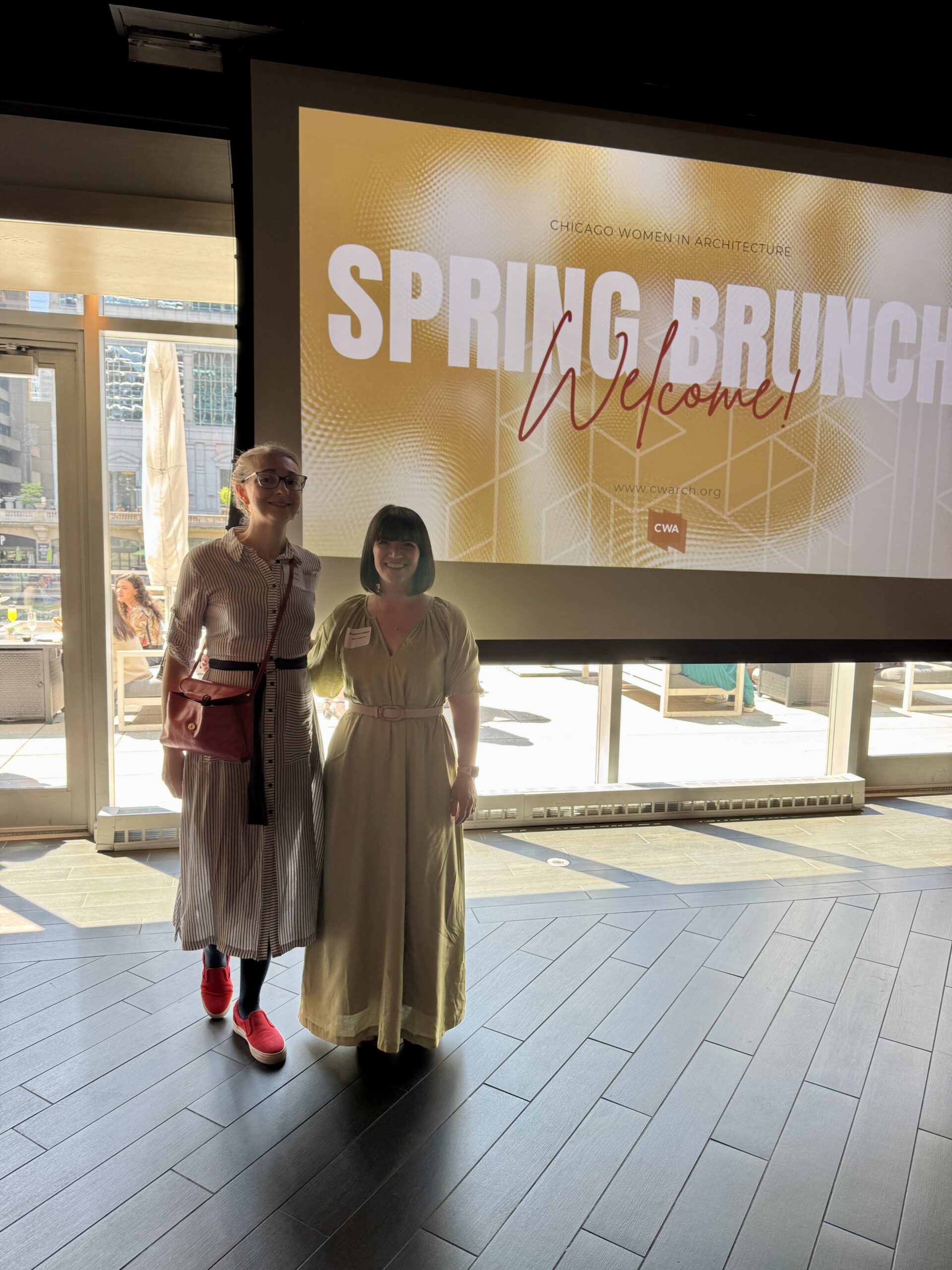Spotlight On: Joi Copland

Get to know Joi.
We are extremely fortunate to have a staff of incredibly talented and interesting individuals at WJW! For today's staff feature, we're turning the spotlight on Joi. Joi recently marked her fifth anniversary with the firm. Within WJW, she serves on the Education, Volunteer, and PARTI (Planning Architectural Recreational Team-Building Initiatives) Committees, and participates in our office book club. Joi is also a member of our first ever Women Build team, which will be volunteering at a Habitat for Humanity build in Chicago's Greater Grand Crossing neighborhood in October!
What made you decide you wanted to work in architecture?
When I was growing up my mom would take me with her to open houses when she thought about moving. They'd usually have printouts of the floor plans that I'd take home and study. I'd scribble and draw over them in an effort to make them "better" but usually just involved slides instead of stairs and having a playstation in every room. When my parents saw that they encouraged that interest, and with every summer class and camp I kept my interest. Once I got to college and took classes on designing with communities and public interest design I was hooked.
What special knowledge or quality do you bring to the WJW team?
Volunteering. If something needs to get done I like to be the first person to volunteer to add it to my list whether on a committee, project team, or other group.
What has been your favorite project and why?
My favorite project has been Access Health & Housing in Maywood, IL, It was my first project that I worked on from start to finish. I have family all over the Chicago area and though I'm not from there I have family with deep connections to Maywood as well. I was really glad I could be part of a project that not only infilled empty lots but that the housing is also aimed at people with disabilities, an often underserved population, especially in housing needs.
What do you most love about what you do?
I love the end goal the most. Working on mostly affordable, senior, and housing for people with disabilities I know that the end users are people who are often the most housing insecure and the projects I work on have the intention of closing that gap.
What has been one of your proudest moments working at WJW?
My proudest moment working at WJW was a design charette I did for Access Health & Housing. The project team walked through an existing building with a similar prototype with tenants of varying abilities and disabilities and they told us what worked and what didn't. I was proud to be a part of a team that not only thinks of the client / developer but also the people who will live in the buildings we design. There was some stuff we got right and some stuff we need to improve upon but I was glad I could be there to listen and see how we could make our future designs better.
What energizes you at work?
I'm not much of a coffee drinker but an afternoon walk to get a matcha or chai latte keeps me going.
What are the non-design lessons you’ve learned from your work at WJW?
More targeted time management. As my first full-time architectural position after grad school I learned time management in school and on the job are two very different things. Instead of having one big project with a deadline, there are several at the same time with varying degrees of precedence so learning how to balance all of that and prioritize was important.
Name one piece of architecture that continually inspires you and why.
The Vietnam Veteran's Memorial designed by Maya Lin is a constant inspiration because it's a reminder that architecture doesn't have to be grandiose or imposing to be beautiful. Sometimes the most subtle design choices are the most thoughtful.
What do you enjoy doing when you’re not working?
I enjoy reading and watching sports. I'm a part of a couple (including the office) book clubs and I'm an avid Chicago and University of Michigan sports fan.
Tell us about a favorite book.
One of my favorite books is Parable of the Sower by Octavia Butler. It's a post-apocalyptic fiction novel about a young black woman and her family trying to survive in the US amidst extreme poverty, violence, climate disasters, and disease. It was published in 1993 and it and the follow up novel are bleakly prescient.
Offer your best life/business/design advice to young architects starting their final year of school.
While in your last year think about the types of projects and work that interests you. Studio or other classes might inspire you or let you know what you do and don't like. Looking for a job after graduating can be intimidating and a lengthy process; knowing the type of work you want to do can help with culture fit when applying and going to interviews.
Look into the future: name something you’re excited about and think maybe a part of architecture and design in the next 10 years.
More affordable housing. It's been a big topic, more so than other years it seems, this election cycle so hopefully within the next 10 years the momentum keeps going.


